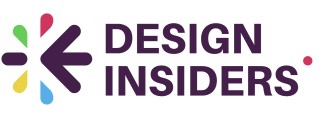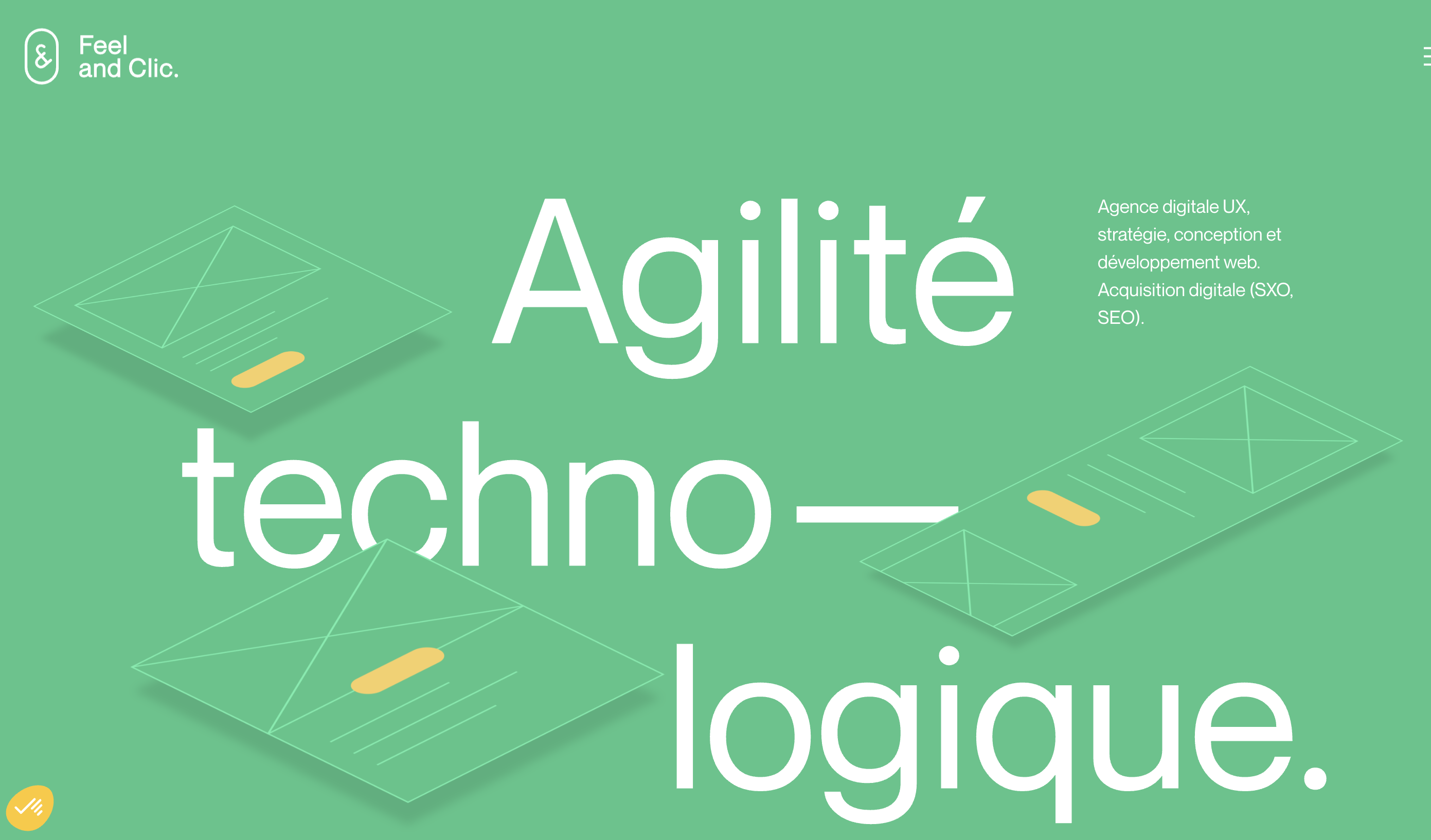Understanding the Paradox of Simplicity
Delving into the Dichotomy of Simplicity
Simplicity in design is much more than removing clutter or minimizing elements; it embodies the art of crafting a seamless and intuitive customer journey. Yet, it is paradoxical—what appears effortless often demands significant expertise and extra effort from designers to ensure not just a simple look but also an effective functionality. In practice, companies that successfully create simple experiences distinguish themselves from the competition. A good customer service experience is about ease and effectiveness, which starts with understanding customer expectations. When businesses design their services with simplicity at the core, every interaction reflects their brand culture—radiating clarity, ease, and a sense of being truly customer-centric. This is what we mean by simplicity being complex. It's a blend of user-centered design strategies—a principle that partners creativity with analytical thinking to enhance the customer's interaction. Many companies strive to implement this by harmonizing their employee experience with customer experiences; after all, well-supported employees are more likely to deliver great customer support. In the world of technology and service customer experiences, the juxtaposition of simplicity and complexity is pronounced. A great customer journey often appears simple on the surface but involves in-depth research, a customer-centric ethos, and often reading up or leveraging resources like those found in enhancing UX design by working with personas. Additionally, understanding and improving customer experiences is not solely about the business but also about embracing a company culture that values simplicity. Therefore, while striving to keep things easy for customers, businesses often face the challenge of integrating functionality into their simplicity. This paradox underscores why simple doesn't mean basic; it means creating an experience that feels effortless, one where every customer journey element is intentionally designed to meet and surpass expectations.The Role of User-Centered Design
User-Centric Approach: Making Experience Easy
In today’s fast-paced business environment, the essence of creating an effective customer experience lies in adopting a user-centered design approach. This process ensures that a company’s focus remains on its customers, allowing for a deeper understanding of their needs and expectations. Emphasizing simplicity in design comes with its own set of challenges, yet striving to meet and exceed customer satisfaction demands that businesses invest in understanding their users thoroughly.
Great customer experiences are born from a strong company culture that values input from its audience and integrates those insights into the design process. This approach not only improves customer service but also fosters a good employee experience, as employees understand and empathize with the end user’s journey. The balance between innovating technology and keeping things simple is a vital part of this equation.
Businesses must look at the customer's journey, identify touchpoints where interaction occurs, and streamline these interactions to be as intuitive and seamless as possible. These experiences should require minimal extra effort from the customer, hence why a simple, straightforward path is essential. Such a philosophy not only aligns with creating a customer-centric service culture but also helps a brand stand out in today’s crowded market.
Many companies attempt to deliver great customer experiences by focusing heavily on their technological offerings. However, the most memorable and effective customer service experiences often stem from harnessing empathy and understanding in design. For those keen on delving deeper into the impact of empathy in the design realm, the UX prototyping process can offer valuable insights.
Ultimately, the key to simplifying the design without compromising functionality lies in leveraging customer feedback and actively involving them in the prototyping phase. This ensures that solutions are not only simple but also resonate well with the users, leading to a boost in customer experience and loyalty.
Balancing Functionality and Simplicity
Finding the Sweet Spot Between Functionality and Simplicity
In the realm of customer experience design, striking the right balance between functionality and simplicity can be a challenging yet rewarding endeavor. Companies often grapple with the dilemma of offering a wide range of features while maintaining an easy-to-use interface. The key lies in understanding that more is not always better. A great customer experience is often rooted in simplicity, where the design is intuitive enough for customers to navigate effortlessly.
Businesses must prioritize which features are essential for the customer journey and which can be streamlined. This requires a deep understanding of customer expectations and a commitment to a customer-centric approach. By focusing on the core needs of the customer, companies can avoid overwhelming users with unnecessary options that complicate the service experience.
Moreover, a good customer experience is not just about the interface but also about how the brand communicates its values. A simple, clear design reflects a company culture that values customer satisfaction and employee experience. When employees are trained to understand and support the design's simplicity, it leads to improved customer support and service experiences.
Technology plays a crucial role in achieving this balance. With the right tools, businesses can create designs that are both functional and simple, enhancing the overall experience customers have with the brand. It's about putting in the extra effort to ensure that every touchpoint in the customer journey is seamless and effective.
Ultimately, the goal is to deliver a service customer experience that feels effortless yet fulfills all the necessary functions. By doing so, companies can foster a culture of great customer experiences, where simplicity is not just a design choice but a business strategy that resonates with both customers and employees.
Common Pitfalls in Simplifying Design
Identifying the Traps in Simplifying Design
Creating a simple and effective customer experience is a challenging task that many companies strive to achieve. However, in the pursuit of simplicity, businesses often fall into common pitfalls that can compromise the quality of the customer journey. Understanding these traps is crucial for improving customer satisfaction and ensuring a seamless service experience.
Over-Simplification: Less is Not Always More
One of the most frequent mistakes companies make is over-simplifying their design. While it is important to create an easy and intuitive experience for customers, removing too many features can lead to frustration. Customers may feel that the service does not meet their expectations or lacks the necessary functionality to address their needs. A good customer experience balances simplicity with the essential tools and features that enhance the overall service.
Ignoring the Customer's Voice
Another pitfall is neglecting to incorporate customer feedback into the design process. Companies that fail to listen to their customers risk creating a product that does not resonate with their audience. Engaging with customers and understanding their experiences can provide valuable insights into what works and what doesn’t. This customer-centric approach is essential for creating a design that truly serves the customer and aligns with their expectations.
Neglecting Employee Input
Employees play a critical role in shaping the customer experience. However, their insights are often overlooked in the design process. Employees who interact with customers daily have a unique perspective on what improvements can be made to enhance the service experience. By fostering a company culture that values employee feedback, businesses can create a more effective and customer-friendly design.
Underestimating the Role of Technology
Technology is a powerful tool in simplifying customer experiences, yet some companies fail to leverage it effectively. Investing in the right technology can streamline processes, reduce extra effort for customers, and create a more seamless experience. Companies should focus on integrating technology that supports their brand and enhances the overall customer journey.
By being aware of these pitfalls, businesses can avoid common mistakes and create a simple, yet effective customer experience that delights their customers and strengthens their brand.
Tools and Techniques for Simplifying Design
Embracing the Right Tools and Techniques
Creating a streamlined customer experience often involves deploying the proper tools and techniques to hone simplicity. In the digital age, technology plays a central role in simplifying processes for greater customer satisfaction. Businesses aiming to strike this balance need to deploy technologies that are intuitive, efficient, and align with the brand ethos. Implementing a solid design toolkit that includes wireframing and prototyping tools can significantly streamline the design process. With these tools, companies can visualize customer journeys effectively, ensuring they address any experience hurdles before they become issues, which in turn enhances the overall customer journey. Here are some essential strategies to create a simple yet effective design:- User Testing: Continuously test with real customers to refine the experience. This iterative feedback loop ensures the design remains user-friendly and meets customer expectations.
- Readable Content: Create content that is easy to read and understand. Clear communication from the company reinforces good customer service and builds trust.
- Visual Hierarchy: Design with a focus on visual hierarchy to guide customers effortlessly through the experience journey. This reduces cognitive load, allowing them to access the service they need with minimal effort.
- Consistent Branding: A consistent brand experience helps in delivering a simple experience. Consistency in messaging, colors, and fonts reduces confusion and strengthens the company culture.
Case Studies: Successful Simple Designs
Apple's Intuitive Ecosystem
Apple is often cited as a benchmark for simplicity in design. Their products, from the iPhone to the MacBook, exemplify how a customer-centric approach can lead to a seamless customer journey. By focusing on user-centered design, Apple has managed to create a brand that prioritizes good customer experiences without overwhelming users with unnecessary features. The company’s culture of innovation ensures that both technology and design work hand in hand to improve customer satisfaction.
Amazon's Streamlined Shopping Experience
Amazon is another company that has mastered the art of simplicity. Their website and app are designed to make the customer experience as easy and efficient as possible. With features like one-click purchasing and personalized recommendations, Amazon reduces the extra effort customers need to exert. This focus on simple yet effective design not only enhances customer support but also sets a standard for good customer service.
Netflix's User-Friendly Interface
Netflix has revolutionized how we consume media by creating a simple and engaging user experience. Their interface is designed to be intuitive, allowing customers to easily find and enjoy content. By continuously refining their service based on customer expectations, Netflix has built a great customer experience that keeps users coming back. This success is a testament to the power of understanding experience customers truly want.
Starbucks' Personalized Customer Service
Starbucks has managed to blend customer service with experience by creating a culture that values personalization. From remembering your name to customizing your order, Starbucks makes each service experience feel unique. This approach not only enhances customer satisfaction but also strengthens their brand loyalty. By focusing on employee experience and training, Starbucks ensures that their employees deliver a great customer service consistently.
Slack's Communication Platform
Slack has transformed workplace communication by offering a simple yet powerful platform. The design is centered around making employee interactions easy and efficient, which in turn improves company culture. By balancing functionality with simplicity, Slack provides a service that meets the needs of modern businesses. This focus on customer-centric design has made Slack a staple in many companies.










